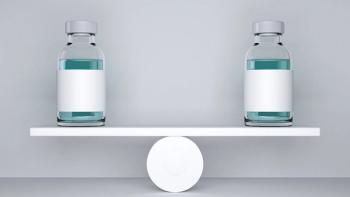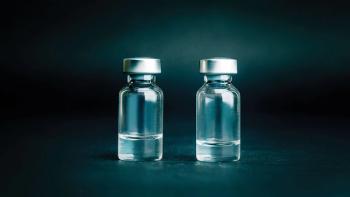
- BioPharm International-01-01-2011
- Volume 24
- Issue 1
Following on Follow-Ons
So often a leader on the world stage, the US is a laggard when it comes to regulating follow-on biologics.
US is almost always at the cutting edge. When it comes to scientific innovation, the arts, and popular culture, the US often sets the pace. Not so when it comes to developing regulations for follow-on biologics or biosimilars. There, the US is uncharacteristically the follower, lagging behind Europe. The European Medicines Agency (EMA) developed a regulatory framework for follow-ons in 2003 and issued its first guidelines in 2005. In contrast, the US just began to tackle these regulations in earnest in the fall of 2010, when it held its first hearing on the subject.
Michelle Hoffman
To be accurate, the medicines actually manufactured under EMA guidelines are small, very well characterized molecules, such as recombinant human insulin. The more strenuous debate on both sides of the Atlantic centers on what constitutes proof of similarity for larger, complex biomolecules like monoclonal antibodies.
With the November 2010 release of two draft guidelines, one on similar biological medicinal products containing monoclonal antibodies, and the other on immunogenicity assessment of monoclonal antibodies intended for in vivo clinical use, EMA once again leads the way. The focus of the "biosimilarity exercise," notes the guideline on similar biological medicinal products, "is to demonstrate similar efficacy and safety compared to the reference product, not patient benefit per se, which has already been established by the reference product." And the tests EMA asks for—both in vivo and in vitro are aimed at determining "all functional aspects of the MAb even though some may not be considered necessary for the mode of action in the clinic." Taken together the two guidelines ask manufacturers to evaluate differences between innovator and follow-on MAbs in process-related impurities due to differences in expression systems used by different manufacturers as well as "less well characterized" impurities, differences in formulation, unusual excipients, in addition to consideration of post-translational modifications that can affect the conformation, aggregation and ultimately the immunogenicity of the follow-on product. The guidelines go on to outline tests for pharmacodynamics, immunogenicity, and suggest an overall risk-based approach to follow-on MAb manufacturing.
In releasing their draft guidelines before the FDA does, EMA anchors the discussion in terms of tools, technologies, and tests required to approve follow-on MAbs and puts FDA in a position where it can only be reactive. Furthermore, in light of movements to harmonize regulations, any move by FDA to implement different regulations could appear uncooperative (and possibly economically protectionist).
Should EMA also enact these regulations before FDA, which seems likely, EU manufacturers will get a head start over their US counterparts in producing, testing, and marketing the follow-ons, which experience could put firms seeking to do business in the US at a competitive disadvantage in what promises to be a tight and competitive market. At a time when US manufacturers are already operating in a competitive global market, can they really afford to be followers on follow-ons?
Guideline on Similar Biological Medicinal Products Containing Monoclonal Antibodies (Draft):
Guideline on Immunogenicity Assessment of Monoclonal Antibodies Intended for in vivo Clinical Use (Draft):
Michelle Hoffman is the editorial director of BioPharm International,
Articles in this issue
about 15 years ago
BioPharm International, January 2011 Issue (PDF)about 15 years ago
What to Watch For in 2011about 15 years ago
BioPharm International's 5th Annual Empolyment Surveyabout 15 years ago
The Case for Insourcingabout 15 years ago
Biotech Writes its New "Play Book"about 15 years ago
Costs and Compliance Dominate Agenda for 2011Newsletter
Stay at the forefront of biopharmaceutical innovation—subscribe to BioPharm International for expert insights on drug development, manufacturing, compliance, and more.




